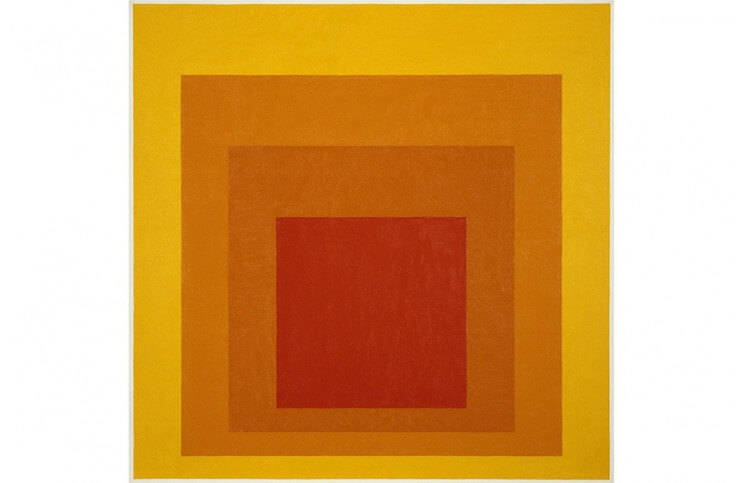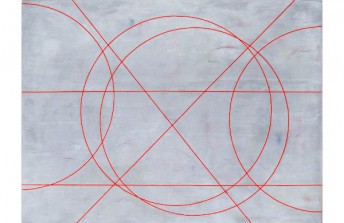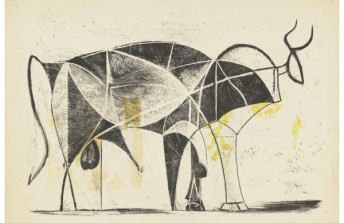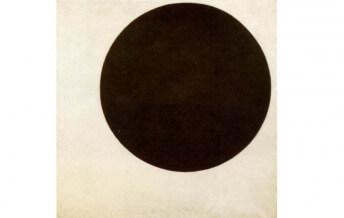The Far-Reaching Influence of Momentous Modern Abstract Paintings
Mar 15, 2016
Modern is tricky. If I say I want a modern apartment I mean one suited toward today’s lifestyle: one that’s wired, green, open and light-filled. If I say I love modern abstract paintings, I mean ones painted before World War II. In the art world, modern refers to Modernism, a movement in the early 20th Century that focused on newness. Modern abstract paintings challenged and transformed humanity’s visual lexicon. The concepts and imagery explored by many iconic modern abstract paintings continue to be relevant today.
Modern Abstract Paintings that Still Influence Us Today
Kasimir Malevich was the founder of a modern art movement called Suprematism. The fundamental belief of the Suprematists was that the artist’s feelings were of the utmost importance. They focused on paintings simple compositions that utilized a limited range of colors in order to present the most direct emotional statement possible. Malevich’s seminal work from this period is called “Black Square.” About his intentions, the artist once said, “To the Suprematist the visual phenomena of the objective world are, in themselves, meaningless; the significant thing is feeling”.
Suprematism continues to be a profound influence on contemporary abstract artists. As the world has only continued to become more complicated and more technologically advanced, the quest to prioritize human feeling through simplified visuals is more relevant than ever. The work of the American abstract painter Elizabeth Gourlay explores a simplified vocabulary of forms and draws on a contemporary palette. Her work is reminiscent of Suprematist ideas, while adding interpretive layers through the use of layering and line.
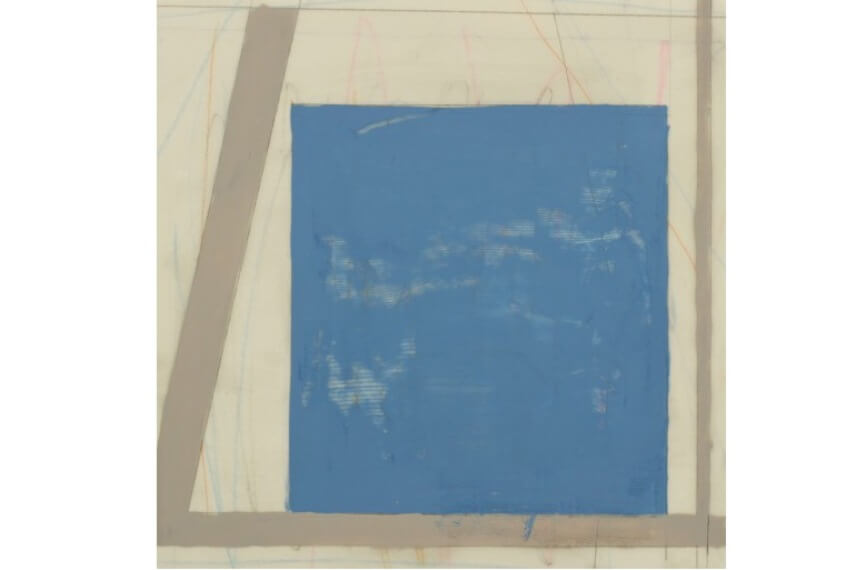
Elizabeth Gourlay - Broken Line Blue , 2014, Graphite and gouache on vellum
Color and Shape
The Orphist movement was a modern art tendency that focused on the elements of bold colors and geometric forms. The artist Sonia Delaunay co-founded the movement with her husband Robert, also an abstract painter. Sonia’s work focused on the visual and emotional impact created by various colors when presented in proximity to each other on a surface. Although Sonia did focus on geometric forms, she famously commented that the forms were irrelevant. Said Sonia, “…geometric forms do not characterize our art…colors can be effected as well with complex forms, such as flowers…only the handling of these would be a little more delicate.”
Jessica Snow is a contemporary American abstract artist working with themes and concepts informed by Delaunay’s thinking. Snow works intuitively to create organic, gestural forms, combining the forms with bold colors and balancing them with neutral hues of grey. Her canvases convey a sense of effortless balance, and achieve the vibrational harmony sought by the Orphists nearly a century ago.
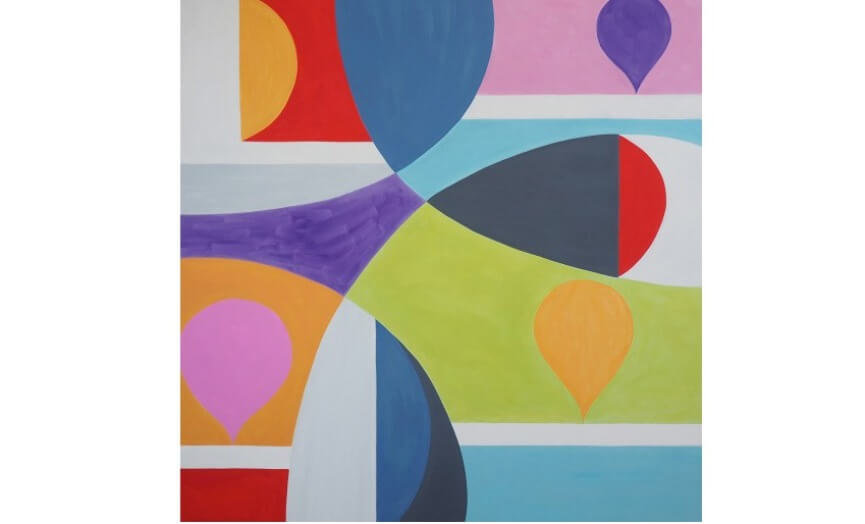
Jessica Snow - Refraction in the Line of Sight , 2015, Oil on canvas
A Window on the City
Sonia Delaunay’s husband Robert was also heavily influenced by the emotive power of color. He was also inspired on urban architecture, especially becoming enamored by the striking, modern geometric presence of the Eiffel Tower. Robert Delaunay combined his Orphist color theory with an experimental quest to capture the architectural geometry of the evolving urban landscape. His “windows” paintings are iconic of his work in this realm.
John Monteith is a contemporary Canadian abstract artist whose work is also informed by the interplay of color and the geometric architecture of the urban landscape. His work has been described as reminiscent of “collapsed three-dimensional space.” Monteith’s works build toward the surface in a seeming multitude of layers, creating feelings of vibration and harmony not only between surface colors but between the under layers as well.
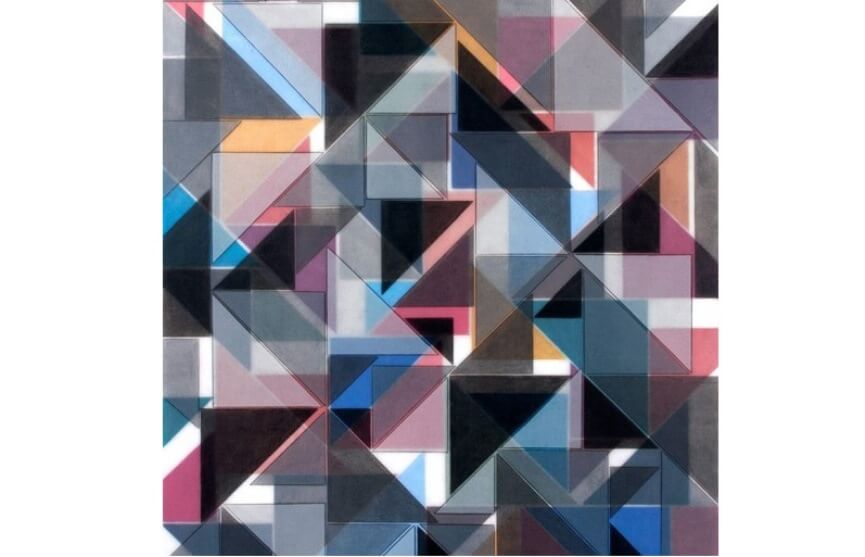
John Monteith - “9 Track” Sequence 3, 2014, Wax and pigment on drafting film
Basic Elements
One of the most influential concepts of the Modern Art era was the idea of simplification. By paring down painting to its most basic language, artists hoped to arrive at something universal to humanity and to nature. The Dutch painter Piet Mondrian worked obsessively with the idea of aesthetic simplification, founding the art movement known as DeStijl, which sought to reduce painting to its most basic abstract language. Mondrian found that most basic language in the use of lines and rectangles. His iconic rectangle and line compositions influenced art, architecture, fashion and design, and continue to be relevant today.
The DeStijl concept of elemental simplification has never waned since it was first introduced. It was the guiding principal of Minimalism, and it continues to be a profound influence on contemporary abstract artists. The contemporary Dutch artist José Heerkens works confidently in the realm of lined dimensional space. Her canvases explore the interplay between color and neutrality, horizontal and vertical lined space, and the tensions and harmony created when color inhabits her skeletal grids.
 José Heerkens - L7. Written Colours, 2010, Oil on linen
José Heerkens - L7. Written Colours, 2010, Oil on linen
The Contemporary Modern
Though Modernity in art might technically be a bygone thing, we can see that the powerful concepts introduced by the Modern artists of the early 20th Century continue to be relevant and influential today. As they search for a contemporary visual language with which to express our anxieties, our harmonies, our questions and our trepidations, our contemporary abstract artists happily are finding inspiration and conceptual guidance in the iconic Modern voices of the past.
Featured Image: Josef Albers - Homage to the Square, 48 × 48 in. (121.9 × 121.9 cm), © 2017 Artists Rights Society (ARS), New York, image used for illustrative purposes only
Featured Artists

Jessica Snow
1964
(USA)American
Elizabeth Gourlay
1961
(USA)American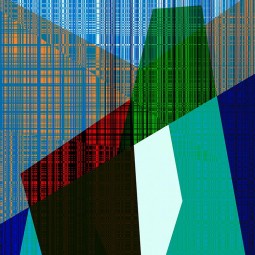
Luuk de Haan
1964
(Netherlands)Dutch
Gianfranco Pezzot
1969
(Italy)Italian
